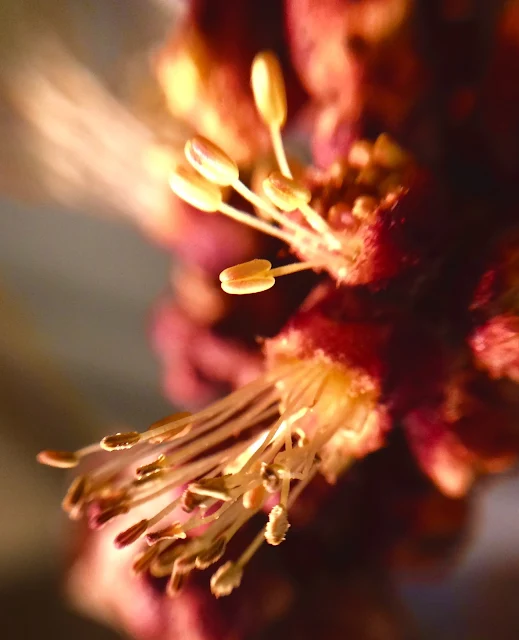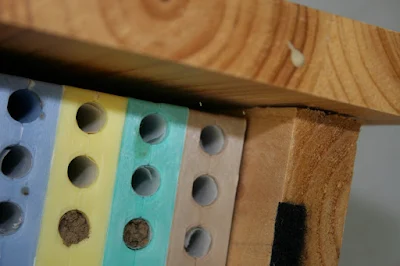The Colorado weather forecast calls for a sudden drop in temperature this Wednesday night. The temperatures will go from 70°F today, 50°F
tomorrow and then into the teens by Wednesday night. You can do some winterizing steps to help out your bees.
The bees normally cluster in a tight ball between the combs to keep warm in freezing temperatures. Since the bees have not been in a cluster due to this warm weather, the sudden drop in temperature may catch them by surprise and they may not all get into a full cluster as nicely as they should.
So you can help them out by:
1: Insulating:
Put some insulation, a warm blanket or the like on your hive Tuesday night. You can always get a better setup once the weather warms back up again. Also placing a roof on the hive adds extra warmth. Blue insulation board can be used underneath the roof for added insulation. Stacking straw bales around the
hive can be used for when we are deep into winter temperatures and the days and nights are staying cold.
2: Moving the Falseback:
You can move your falseback, placing it behind the last full comb in the hive, at the back of the hive. If you have some partially drawn out combs or empty
combs at the back of the hive you can place the falseback in front of these combs. Moving the falseback forward creates a smaller area that the bees have to keep warm.
3: Feeding Your Bees:
If your hive is only about half full of combs, you can feed your bees. Refer to the article, Winter Feeding in a Top Bar Hive, on our website for more details on how to do this. If the bees have filled up ¾ of the hive with combs, it is not necessary to feed them.
4: Reducing the Entrance:
This is an important topic!
Since we are seeing different weather patterns and anomalies in the weather, we no longer sell the entrance reducers. Placing an entrance reducer in now can over heat the hive once the temperatures warm up again. There needs to be circulation in the hive when the temperatures reach the 60s or 70s.
You may not need to reduce down the entrance of the hive if the bees have done it on their own with propolis. Some colonies won't have propolised their entrance and you can help them out by placing some straw, twigs or grass, over part of the entrance. The bees will be able to push out straw, twigs or grass if they need to, regulating the entrance opening. You may need to replace the straw, twigs or grass if they push it out when the weather warms up and they still have not propolised their entrance. Just keep a watch on this.
If you do feed your bees, remember that once the weather warms up again, the honey in the dish, inside the hive, attracts all kinds of robbers. Bees from other hives, yellow jackets, etc. Your bees should be able to fend off these robbers. But if you have a weak hive, a low number of bees or they have not propolised their entrance you can help them out by using the straw, twigs or grass method.
Lastly we will have wooden covered blue insulation panels available next week if you are wanting an alternative to the “cozy cover” we currently offer on our website. Look for the email when those will be available for purchase.
Please check out the articles on our website: http://www.backyardhive.com
They offer more detail and have pictures:
Winter Feeding in a Top Bar Hive
and
Insulating your Hive
Happy fall to everyone and their bees!
Karen, Corwin and the BackYardHive Team
karen@backyardhive.com
















































